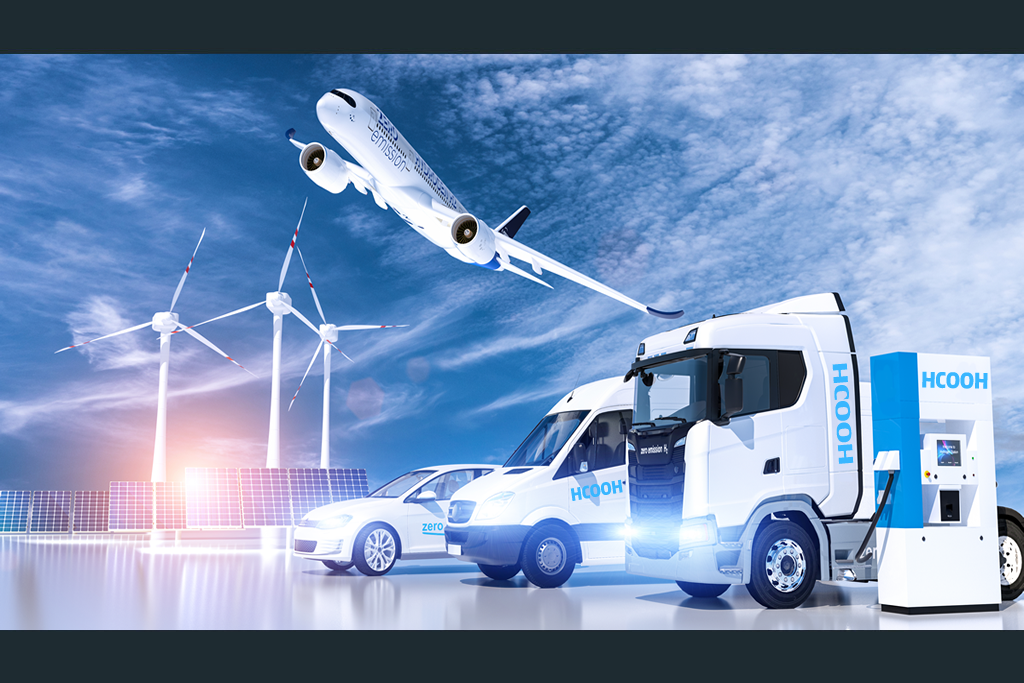Sustainable Transportation
How to Create Energy-Producing and Mobility Communities with New Organizations?
How can we establish energy-producing and mobility communities where energy poverty and pollution emissions become obsolete concepts? How can we be both producers and consumers (prosumers) in an energy community? How can we use transportation tools more efficiently? What simple technologies and social innovations can form the basis of such community-based energy systems and mobility systems?
It is now an axiom that achieving zero emissions in energy and transportation is a prerequisite for the survival of humanity. The world’s societies aim for carbon-free systems and safe, ecologically sustainable operational systems and devices.
When we talk about energy, it is crucial to simultaneously address transportation and e-mobility. While a supersonic aircraft can reach major cities around the globe in a few hours, an electric aircraft currently takes weeks or months to cover the same distances, and not with the same level of comfort and service. On one hand, accessing sustainable, green energy is significantly more challenging compared to traditionally used fossil fuels, and they are also scarce and expensive, with energy storage being a generally unresolved issue. This delays the widespread adoption of sustainable e-mobility solutions like electric cars, e-bikes, e-boats, and other innovative shared systems, but the general spread of these systems is progressing steadily.

There is much to be done both in terms of technology and changing mindsets. But if someone needs extra energy or e-motivation for a “conscious transformation,” we have good news: There is no other alternative. Everyone must engage and start their energy transformation, reduce their transportation carbon footprint, or all societies will vanish in the emerging cumulative and synergistic crisis processes and unpredictable waves of drift.
Changing Mindset in Transportation
In the future economy and society, energy production and distribution, along with sustainable transportation systems, must operate as integrated, unified sustainability systems. Understanding this is the responsibility of every individual. The term “global village” typically means that although we do not know or influence the daily lives of our fellow humans living 10,000 kilometers away, everyone’s actions affect each other through global crises. Emissions have ripple effects that impact the world in a butterfly effect manner. Do not think that we in Hungary have no responsibility for the increase in hurricanes or El Nino. We do, and the deforestation or fishing activities of people there also negatively affect our lives. Global problems require a global perspective, ecological sustainability mindset, and thousands of technologies that align with these principles.
RK-X technology, with its disruptive innovation content, 100% sustainability mindset, and comprehensive integrated solution, aims to provide guidance and an example for the development of the world’s energy and transportation systems. Our activity intends to support the mindset change of transforming generations and societies unconditionally and without compromise.
A New Direction
Today, transportation and logistics are responsible for 15% of global carbon dioxide emissions. Therefore, the decarbonization of transportation can result in significant emission reductions. It is important to note that making energy systems carbon-free greatly improves transportation emission data. However, e-mobility alone will not reduce emissions to zero because if we charge a 100% BEV (Battery Electric Vehicle) with dirty electricity, the carbon dioxide stored in that energy inevitably gets released during use (or more precisely, it was already deposited into the atmosphere during charging).
E-mobility is increasingly evident in our daily lives with significant achievements. Millions of electric cars, scooters, and bicycles are filling the streets. New forms of transportation are emerging, such as drones, electric aircraft, and electric boats. We are learning new concepts and building new infrastructure around us. The marvelous Solar Impulse aircraft, the two-seater Magnus Aircraft electric sport trainer, V2G (Vehicle-to-Grid) technology, new battery technologies, and related technical terms all project the realization of a new, environmentally friendly technology. By 2030, we will all be more likely to use electric cars and look strangely at gasoline- or diesel-powered “oldsmobile” vehicles.
[1] Battery Electric Vehicle







